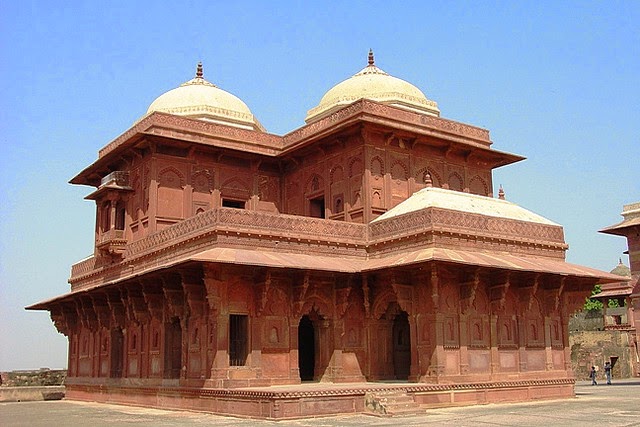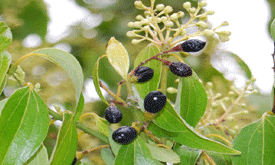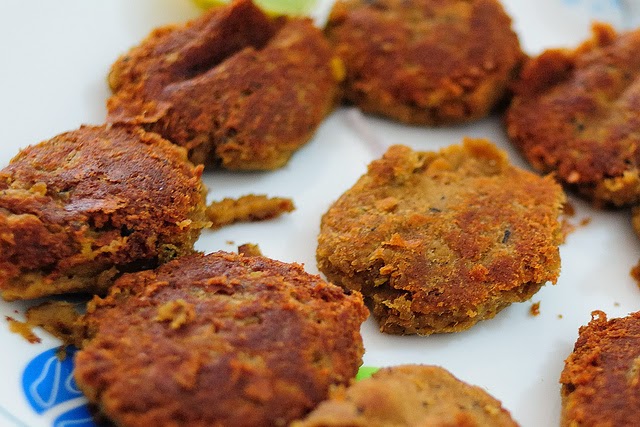Whenever
anyone mentions Agra Agra Agra Agra
Chini Ka Rauza
 |
| Source |
The word
‘Chini’ refers to the glazed tile work on the building, all the more so since
it was the first building in India
Red Taj Mahal
 |
| Source |
The story
of the Taj Mahal is extremely popular, about the legendary love between the
emperor Shah Jahan and his wife, Mumtaz, on whose death, he commissioned the
building of such a beautiful mausoleum. However, there is another less known
love story which also resulted in the building of such a tomb. This is the
story of the Red Taj Mahal, a smaller and significantly redder version of the
original Taj.
Diwan-i-Khas
 |
| Source |
The
Diwan-i-Khas is the place where a Mughal emperor received official guests. It
is also called the Hall of Private Audiences. This was the site for the famous
Peacock Throne, which was later captured by the Persian king Nader Shah.
The hall
contains a rectangular chamber, surrounded by arches, each of which is
intricately decorated. This is a fine example of how much detail the Mughals
went into when it came to their buildings and architecture. The ceiling used to
have silver and gold, which was used up in subsequent financial difficulties.
All of the grand treasures within the hall were looted in the rebellion of
1857, leaving behind the building as it exists today.
Birbal Bhavan
 |
| Source |
The tales
of the king Akbar and his wiseman Birbal are so popular that Birbal has
attained legendary status! Birbal Bhavan is where this talented man lived, near
Jodha bai’s palace in Fatehpur Sikri. It was originally built for one of
Akbar’s wives who didn’t like it, post which the king modified it as a
residence for Birbal.
The
building is characterized by its double domes, which is said to have been
constructed as a means to keep the building cool. The architectural style of
the entire building is a mix of Islamic, Persian, Jain and Hindu styles and is
often considered a marvel of civil engineering during the Mughal era.
Musamman Burj
 |
| Source |
Another
architectural wonder of the Mughal era, the Musamman Burj is an octagonal watch
tower, which affords a beautiful view of the Taj Mahal. It is made of marble,
with the dome topped with copper. There are several pillars and niches, with
beautiful inlays and a carved fountain in the center.
This
building was built by Shah Jahan for his wife, Mumtaz, and he even used
precious stones as inlays in the marble. This was also where he was imprisoned
by his son Aurangzeb, and where he is said to have breathed his last, looking
over at the Taj Mahal.
Every
historical building has many stories associated with it, and this is only
amplified when it comes to the Mughals. The Mughal era has seen the best and worst of human emotions – love, tragedy, deceit, sabotage. If only those marble
walls could speak!









